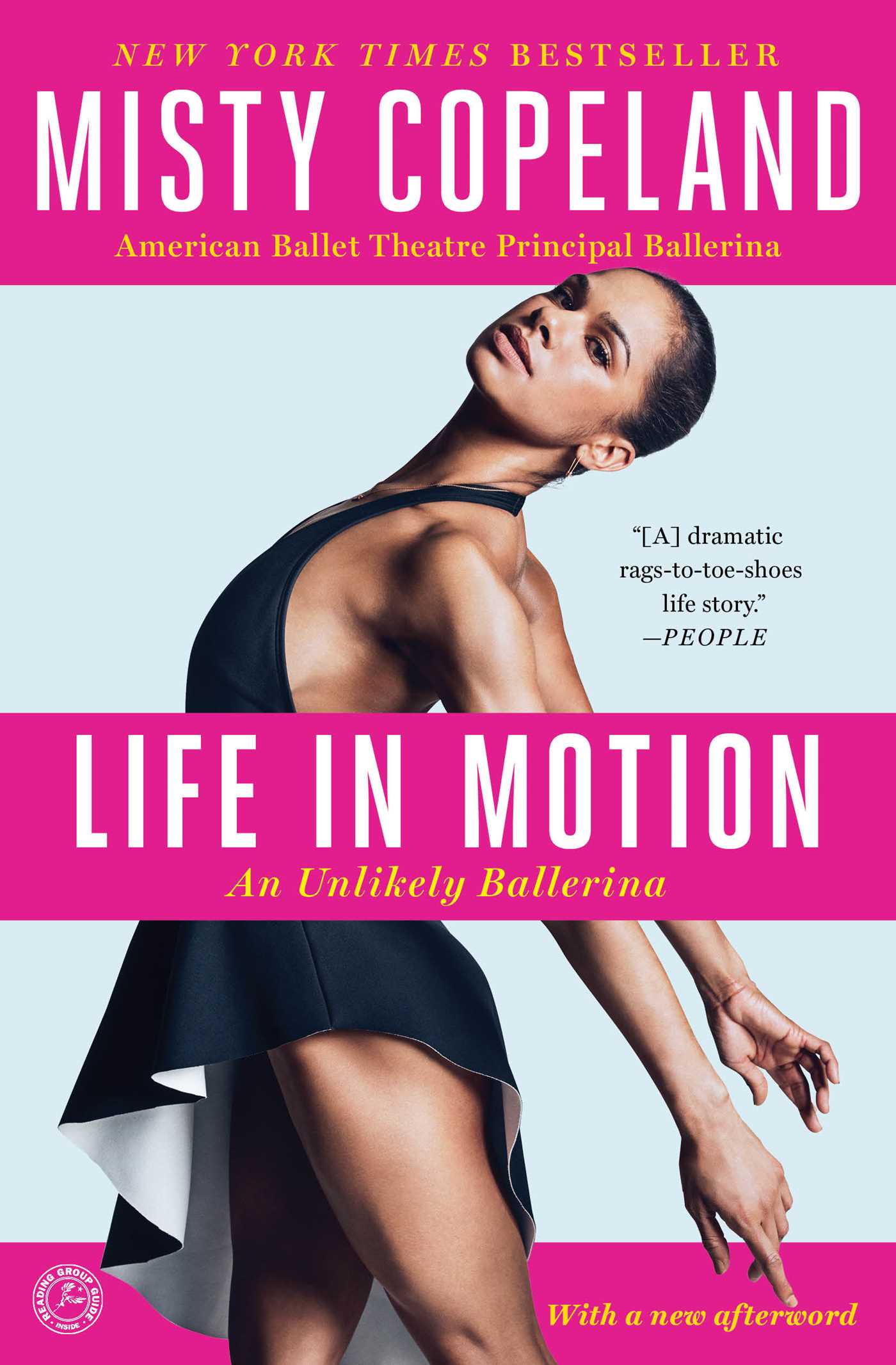It’s getting closer and closer to that day and I am still
nowhere nearer to having finished my Christmas shopping for loved ones.
There are currently tonnes of fitness Gift Guides out there
for the active female, but what about those dancers who want something a bit
more specific? Well fear not, I have the answer to this! If you’re a family
member, friend or partner needing some inspiration for your dancer then this
guide can help.
1. Life
in Motion by Misty Copeland
This book is now one of my personal favourites. It tells the
story Misty's struggles to become a professional dancer through family feuds,
race and physical prejudice. This book motivates you in all aspects of life,
not only dancing. Plus, it’s a cheap pressie!
 |
| http://www.amazon.co.uk/Life-Motion-An-Unlikely-Ballerina/dp/1476737983 |
2. Activity
Tracker
There are huge numbers of fitness trackers currently on the
market. I personally don’t own one but have been looking into the Misfit Shine
and Polar A300.
The Misfit Shine looks sleek and stylish, plus tracks sleep
and gently lets you know when it is time to get moving. I would say due to its
small design that it would be more suited to dancers.
The A300 by Polar is a HR monitor (with purchase of an additional
strap) in addition to tracking daily activity such as steps, distance, calories
and sleep. This activity tracker is bulkier than the Misfit Shine, which may be
a put-off for dancers, or anyone using it 24/7. However, having owned a Polar
HR monitor for 2 years I can confirm they are great, reliable, essential pieces
of kit for training.
Both trackers sync to apps available for your phones where
you are able to view your progress and interchangeable wristbands
Find more out about them here -
3. Coconut
oil
You can never go wrong with purchasing food for dancer, or
fitness fanatics, or anyone really! Why not spend those last pennies on items
such as coconut oil, their favourite protein snack bars or green tea. You could also purchase a
pretty glass jar and fill it with goodies such as nuts and seeds. Then personalise it to make the gift even more special!
 |
| Photo: Pinterest |
4. Sweaty
Betty Chaines leg warmers
What dancer doesn’t want, or need a new pair of leg warmers
for class? My personal favourite are the Sweaty Betty Chaines leg warmers. These
leg warmers are so soft that they can be worn straight on the skin, unlike some
itchy ones I have owned before where I had to wear tights underneath. Buy them
in the dance section online or instore.

5. Foam
roller
An essential tool for after hours in the studio! Give your muscles
their own personal massage each day with this amazing gift by stretching
muscle, releasing trigger points, enabling the muscle to return to normal
function, meaning continued performance levels.
I always advise my clients to visit TKMAXX to find one for
them however you can buy foam rollers from pretty much everywhere now. They
range in style, price, size and weight making it so easy to pick up the right
one for your loved ones needs!
6. Reeboks
Yoga Slouchy Pant
These Hareeem Style pants are perfect for dance class and
lazing about the house. The material includes technology to whip sweat away to
stay dry and comfortable. I particularly like the dark grey colour of these
trousers. Head over to the Reebok website here to grab yourself a pair … http://www.reebok.co.uk/yoga-slouchy-pant/AJ1181.html.
Order by the 17th December to get your bits before Christmas.

7. Personalised
Sweatshirt
In the Summer I purchased an
amazing sweatshirt from Rock On Ruby. This online store offers you the option
to personalise tops, sweatshirts, vests, shorts and more as well as purchasing
already designed. As I am obsessed with bananas I ordered my own BANANA
sweatshirt in the style of Beyonce’s KALE shirt. I am completely in love with
this top and wear it all the time. The fit is amazing and still so soft inside
despite its numerous washes. I am thinking about purchasing another with a
different slogan on which I can wear for work.
I would recommend heading online to their store to order something special and unique for your loved one. However be cautious when using your own unique design as they can then sell this on.

I wish you all a Merry Christmas and a Happy New Year!
-ellieee x
-ellieee x

























